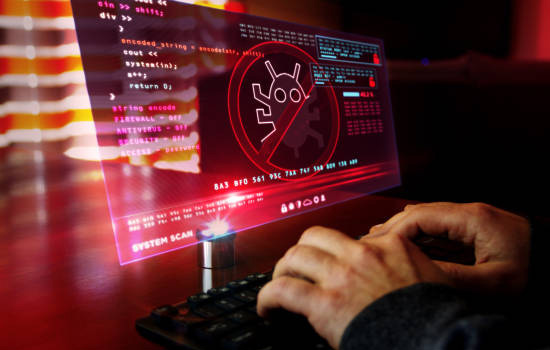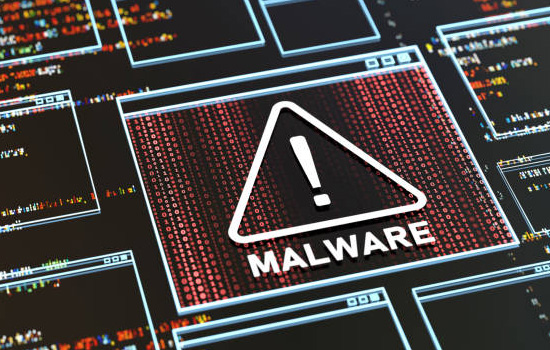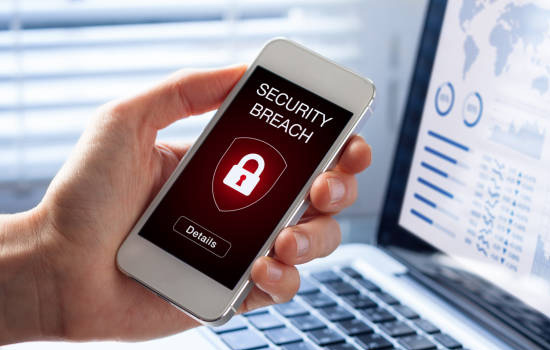
The increased use of remote computing and working from home has been accompanied by an increase in computer malware attacks. Often home users have poor Cyber Security Services, with the result that their computers and networks are less secure than corporate systems. In addition, despite lurid tales in the media, they tend to ignore the need for Cyber Security until it is too late.
What is spyware?

In general, cyber attacks that need the intervention of Cyber Security Services are of three types:
- Network-based attacks with the intention of preventing network access. This type of access is generally used to prevent access to corporate websites;
- Malware with the intention of affecting the operation of a host device. Ransomware is a good example; and
- Spyware is malicious software that tracks your computer activity and captures personal information such as financial information without your consent.
Typically, spyware collects financial information or login credentials, used later to steal money or saleable information. It is also used to enable ID theft. Recently, however, it is increasingly used via tracking cookies and in-app modules to gather more general information about individual user activities, the websites they visit, the online apps they use, and their social media activities. That information is used to deliver targeted advertising, or in some cases to collect information intended to form opinions or alter behaviour.
It can be delivered in several ways, usually via email attachments, phishing emails or downloads of compromised applications.
How Does Spyware Affect You?

At the basic level, it can affect the performance of the host, slowing up processes for example. It can also modify files. One point to note is that it tends to be symbiotic rather than parasitic. Disable the host, and it cannot pass on any more information.
At higher levels, it can be used to collect information for unlawful purposes, for example, blackmail because of inappropriate behaviour on the Internet.
In the last 10 years or so, the use of spyware has taken another turn. As alluded to above, it has been used, this time in conjunction with Big Data to identify the opinions and attitudes of individuals. That information has then been used in targeted marketing campaigns, both online and offline to affect the outcome of major political events, including the first Trump election campaign, and the 2016 Brexit referendum. Other events are suspected. The UK Guardian newspaper has published an article detailing how it is done.
Spyware has morphed from a trivial annoyance and hacking tool to steal financial information to become a threat to the democratic process.
How to Spot Spyware

Spyware is designed to be undetectable as far as is possible. However, it does leave footprints, for example:
- Device performance is degraded;
- New apps you didn’t install appear in the apps list in Device Manager;
- Websites now ask for login information “because it has expired”:
- Suspicious emails can deliver spyware using attachments; and
- Your browser settings change without your knowledge.
Remember spyware is symbiotic, not parasitic and wants to fly under the radar as much as possible. Ideally, you should not notice its existence.
How to Remove Spyware
While spyware can be removed manually, that process is prone to error, and it is likely to be incomplete. Here are some suggestions for other preventative and remedial measures:
- Install specific anti-spyware software. One point to note is that anti-spyware software is not the same as anti-malware software, although some antivirus software applications can detect and remove some spyware from your computer.So, install reputable anti-spyware software and update it regularly to ensure it can identify and protect against the latest threats. Set it to automatically scan emails and their attachments as they arrive and perform regular scans of your device.Some popular anti-spyware tools include Malwarebytes, Spybot Search & Destroy, and AdwCleaner.
- Check Your Computer for Unusual Behaviour. If your computer is running unusually slowly or has frequent lockups or crashes, spyware could be the cause. If new toolbars or icons suddenly appear on your desktop or pop-up ads that you didn’t see before appear in your browser windows, again spyware could be the cause.
- Update Your Operating System and Software. If you keep your operating system and software up-to-date spyware can’t exploit vulnerabilities in your computer.
- Remove Suspicious and unknown programs. If you notice any suspicious programs on your computer that you don’t recognize or didn’t install, you should uninstall them immediately. Be careful though and keep copies of the installation programs in case you accidentally remove something you need.
- Clear Your Web Browsing Data. Some spyware can be installed via your browser. Regularly clear your web browser cookies and cache. This will remove spyware that has been installed via your web browser.
- Software downloaded from the internet is best downloaded from the original supplier’s website. Software, especially freeware, downloaded from other download sites often contains additional elements like adware, spyware or other malware. Be sure to only download software from reputable sources and be very cautious when downloading free software.
Spyware is a growing threat to all users. It can range from irritating adware, via the collection of information for later use in criminal exploits, to full-blown ID theft. Because it is not an in-your-face threat like other types of malware it is often ignored and not dealt with using preventative and recovery software and operational procedures.
Users must install anti-spyware software, keep it up to date and beware of potential threats.

